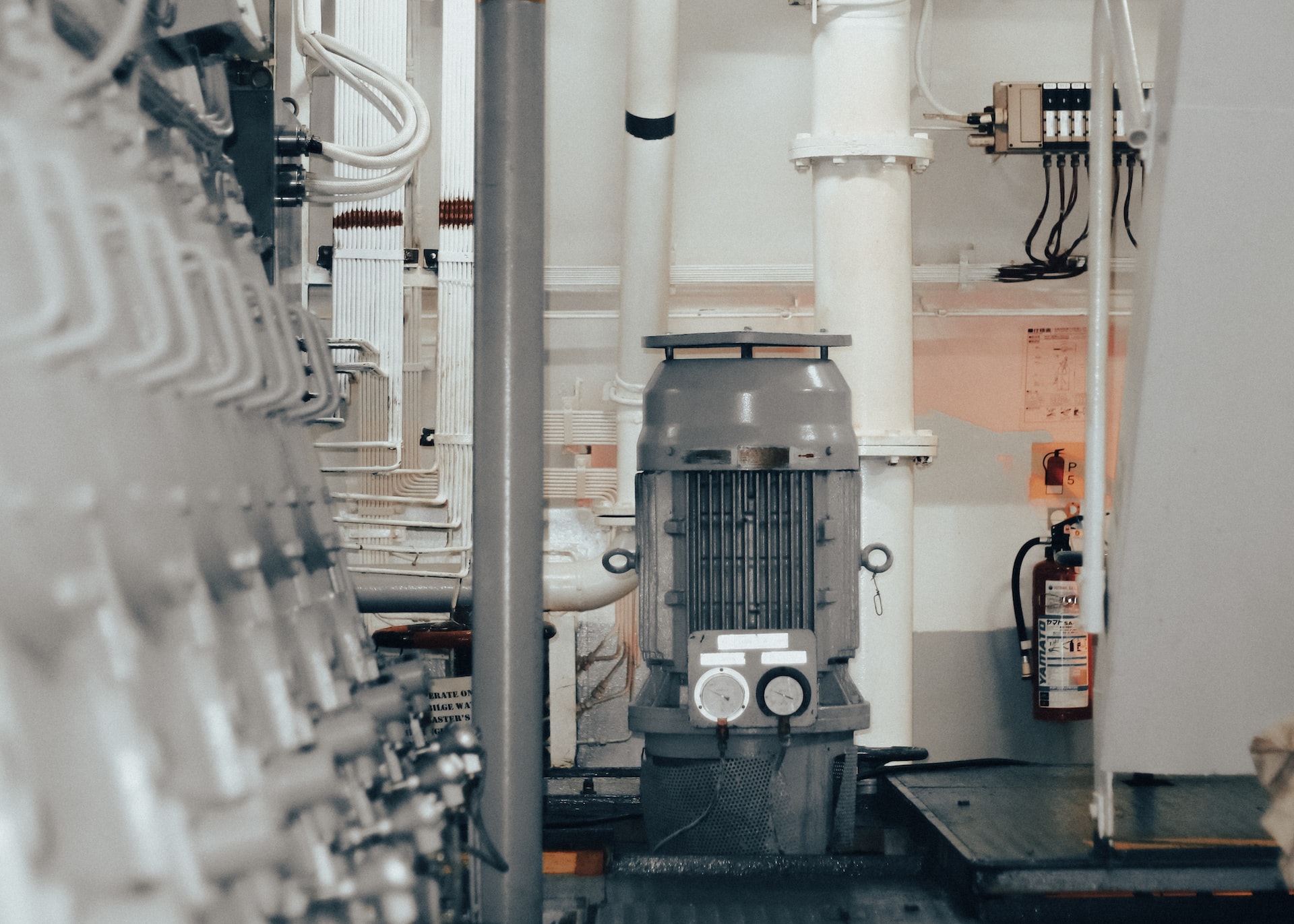When it comes to modifying a vehicle, the exhaust system is one of the most popular upgrades among car enthusiasts. It’s not just about the sound—though that’s a significant factor—it’s about how the exhaust system impacts performance, efficiency, and even the overall driving experience. However, the choice between sticking with a stock exhaust or upgrading to a performance system isn’t always straightforward. To make an informed decision, it’s essential to understand the fundamental differences between the two, their respective advantages, and how they align with your goals as a car enthusiast.
What is a Stock Exhaust?
A stock exhaust system is the one that comes factory-fitted on your vehicle. It’s designed by the manufacturer to meet a wide range of criteria, including cost-efficiency, noise regulations, emissions standards, and overall vehicle performance. Stock exhausts are engineered to strike a balance between these factors, ensuring the car is road-legal, environmentally compliant, and comfortable for the average driver.
The primary components of a stock exhaust system include the exhaust manifold, catalytic converter, resonator, muffler, and tailpipe. These parts are typically made from materials like mild steel or aluminized steel, which are cost-effective but less durable than higher-grade materials. The design focuses on minimizing noise and maximizing fuel efficiency while ensuring the engine runs smoothly within its intended parameters.
What is a Performance Exhaust?
A performance exhaust system, on the other hand, is designed to optimize the vehicle’s power output, efficiency, and sound. These systems are often aftermarket upgrades, tailored to enhance specific aspects of the car’s performance. Performance exhausts are constructed from higher-quality materials like stainless steel or titanium, which offer better durability and resistance to corrosion. They also feature larger-diameter piping, high-flow catalytic converters, and less restrictive mufflers to improve exhaust flow.
The goal of a performance exhaust is to reduce backpressure, which is the resistance exhaust gases face as they exit the engine. By minimizing backpressure, the engine can expel exhaust gases more efficiently, allowing it to breathe better and produce more power. Additionally, performance exhausts are often tuned to produce a more aggressive sound, which is a key selling point for many enthusiasts.
Key Differences Between Stock and Performance Exhausts
Material Quality and Durability
Stock exhausts are typically made from mild steel or aluminized steel, which are adequate for everyday use but prone to rust and corrosion over time. Quality performance exhausts, however, are usually constructed from stainless steel or titanium. These materials are more resistant to heat, corrosion, and wear, making them a better long-term investment for enthusiasts who plan to keep their vehicles for years.
Exhaust Flow and Backpressure
One of the most significant differences between stock and performance exhausts is how they handle exhaust flow. Stock systems are designed to be quiet and compliant with emissions regulations, which often means they are more restrictive. This restriction creates backpressure, which can limit engine performance.
Performance exhausts, by contrast, are engineered to reduce back pressure. Larger-diameter pipes, high-flow catalytic converters, and less restrictive mufflers allow exhaust gases to exit the engine more freely. This improved flow can lead to gains in horsepower and torque, particularly in high-performance or modified engines.
Sound Characteristics
The sound of a car’s exhaust is a defining characteristic for many enthusiasts. Stock exhausts are designed to be quiet and unobtrusive, with mufflers and resonators that dampen noise to meet legal requirements and appeal to a broad audience.
Performance exhausts, however, are often designed to amplify the engine’s natural sound. The tone can range from a deep, throaty rumble to a high-pitched scream, depending on the design of the system and the type of vehicle. For many enthusiasts, the sound of a performance exhaust is just as important as the performance gains it provides.
Weight Considerations
Weight reduction is another area where performance exhausts often outperform stock systems. Stock exhausts are typically heavier due to the use of thicker, less advanced materials and additional components like heavy mufflers and resonators.
Performance exhausts, especially those made from titanium, are significantly lighter. This reduction in weight can improve the car’s power-to-weight ratio, leading to better acceleration, handling, and fuel efficiency.
Emissions Compliance
Stock exhaust systems are designed to meet strict emissions standards, ensuring the vehicle is road-legal in most jurisdictions. They include components like catalytic converters and oxygen sensors to reduce harmful emissions.
Performance exhausts may also include high-flow catalytic converters to maintain emissions compliance, but some systems are designed for off-road or track use only. These systems may remove or bypass certain components to maximize performance, making them illegal for street use in some areas.
Cost and Installation
Stock exhausts are included in the price of the vehicle, so there’s no additional cost unless a replacement is needed. Performance exhausts, however, can be a significant investment. High-quality systems made from premium materials can cost thousands of dollars, depending on the brand and complexity of the installation.
Installation can also be more involved for performance exhausts, particularly if the system requires custom fabrication or modifications to the vehicle’s existing components. While some enthusiasts may choose to install the system themselves, professional installation is often recommended to ensure proper fitment and performance.
Performance Gains: Realistic Expectations
It’s important to have realistic expectations when upgrading to a performance exhaust. While these systems can improve horsepower and torque, the gains are often modest unless combined with other modifications like a cold air intake, engine tuning, or forced induction. On a naturally aspirated engine, a performance exhaust might add 5-10% more power, depending on the vehicle and the quality of the system.
For turbocharged engines, the benefits can be more pronounced. A performance exhaust can reduce turbo lag and improve spool time, leading to more noticeable gains in power and responsiveness. However, the exact results will vary depending on the specific vehicle and setup.
Sound vs. Performance: Finding the Right Balance
For many enthusiasts, the sound of a performance exhaust is just as important as the performance gains. However, it’s essential to strike a balance between sound and functionality. An exhaust that’s too loud can become tiresome on long drives or attract unwanted attention from law enforcement. Conversely, a system that’s too quiet may not provide the auditory feedback that enthusiasts crave.
Many performance exhaust manufacturers offer systems with adjustable sound levels, such as valved mufflers or removable silencers. These systems allow drivers to customize the sound to suit their preferences or driving conditions.
Legal and Environmental Considerations
Before upgrading to a performance exhaust, it’s crucial to consider the legal and environmental implications. In many areas, modifying the exhaust system can void the vehicle’s warranty or make it non-compliant with local noise and emissions regulations. Some performance exhausts are designed for off-road use only and may not be street-legal.
Additionally, removing or bypassing emissions control components can have a negative impact on the environment. Enthusiasts should weigh these factors carefully and choose a system that aligns with their values and legal requirements.
Conclusion
The choice between a stock and performance exhaust ultimately comes down to your priorities as a car enthusiast. If you value reliability, compliance, and a quiet ride, a stock exhaust may be the better option. However, if you’re looking to enhance your vehicle’s performance, sound, and overall driving experience, a performance exhaust is worth considering.
Understanding the differences between these systems—and how they align with your goals—will help you make an informed decision. Whether you’re chasing horsepower, a more aggressive sound, or a combination of both, the right exhaust system can transform your vehicle and elevate your driving experience.







